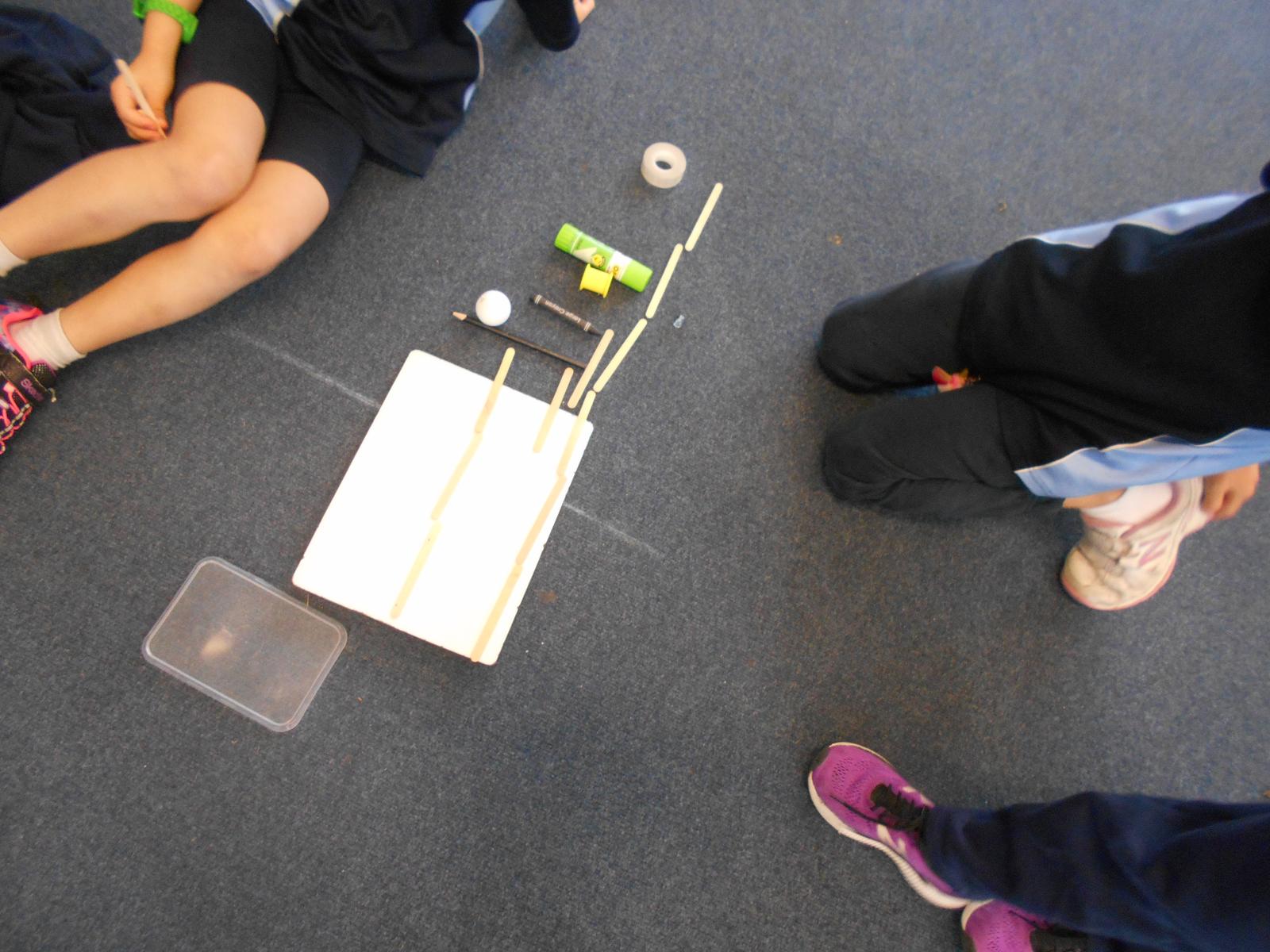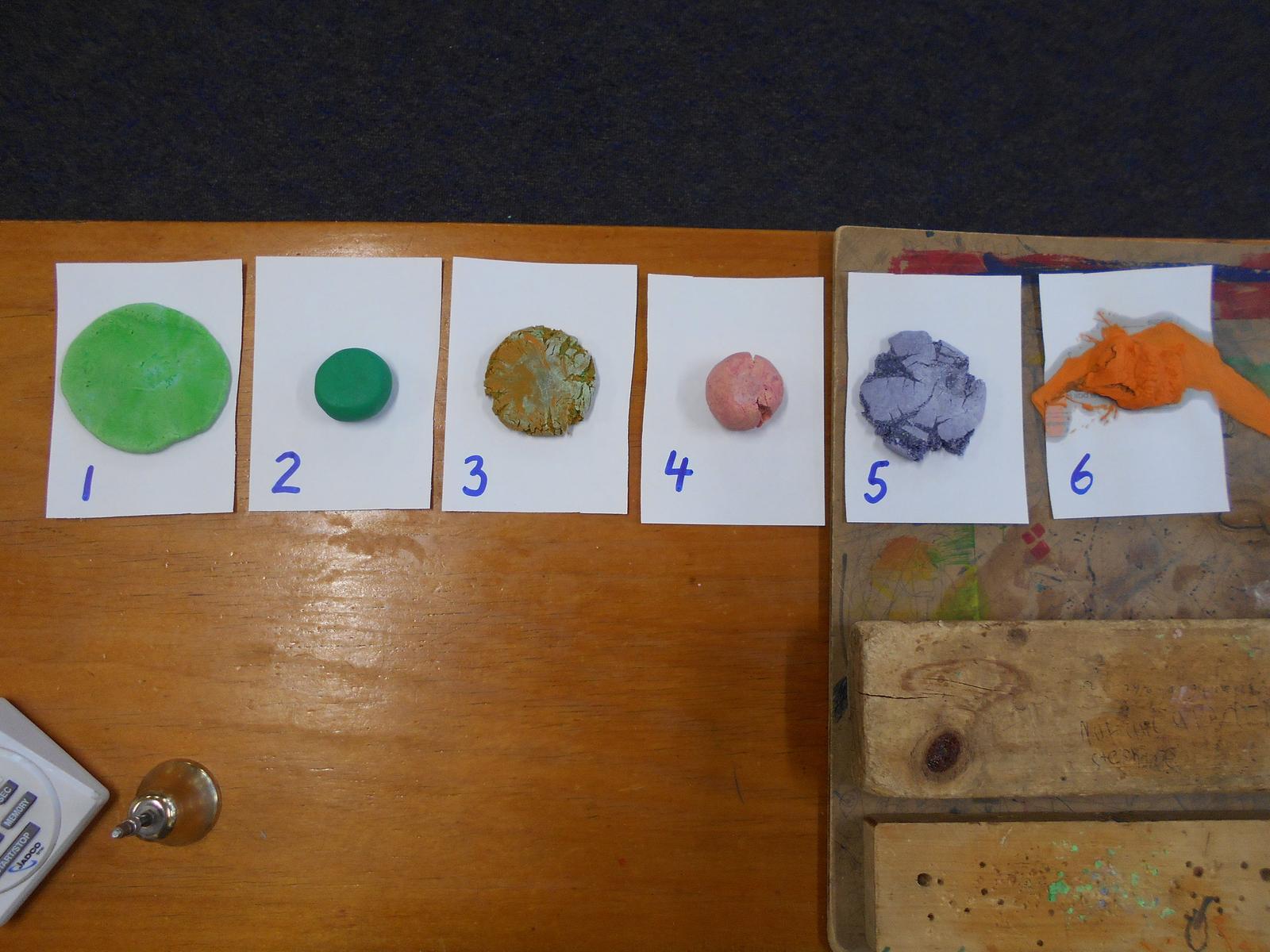Science
Mr Barwa and Ms Semler

Science
Mr Barwa and Ms Semler
Physical Science
Students will explore push and pull examples in familiar environments and investigate how a push or pull can start or stop an object’s motion, change the direction an object is travelling in and change the shape of an object. Students identify when we use pushes and pulls in our everyday lives. They will explore, through investigation, that not all push and pulls occur from human contact, and develop an understanding that gravity, wind and water can push or pull objects. Students will plan, predict, and follow safe procedures to investigate the effect the strength a push or pull may have on the distance an object will travel. Students will make connections between the mass of an object and the strength of a push or pull required to change the motion of the object.
Learning intentions
In this unit, students will:


Chemical Science
Students will identify and investigate different types of physical changes by exploring and recording how everyday objects can be physically altered without changing the material it is made from. Students will investigate the different physical changes that can be applied to play dough and paper, and record observations in provided tables. Students will investigate to determine whether folded or scrunched paper towel is more effective at absorbing liquids. During the investigation, students will make and evaluate predictions, follow safe procedures, make and record observations, and provide an evidence-based conclusion. Students will explore the physical changes made to paper during the process of recycling paper and make their own samples of recycled paper. They will use their senses to make observations about the properties of recycled paper compared to photocopy paper.
Learning intentions
In this unit, students will:


Richard Barwa (Early Years Science)
M1, M3, M4, M5
Richard.Barwa911@schools.sa.edu.au
Bec Semler ( Early Years Science)
M2
Bec.Semler759@schools.sa.edu.au